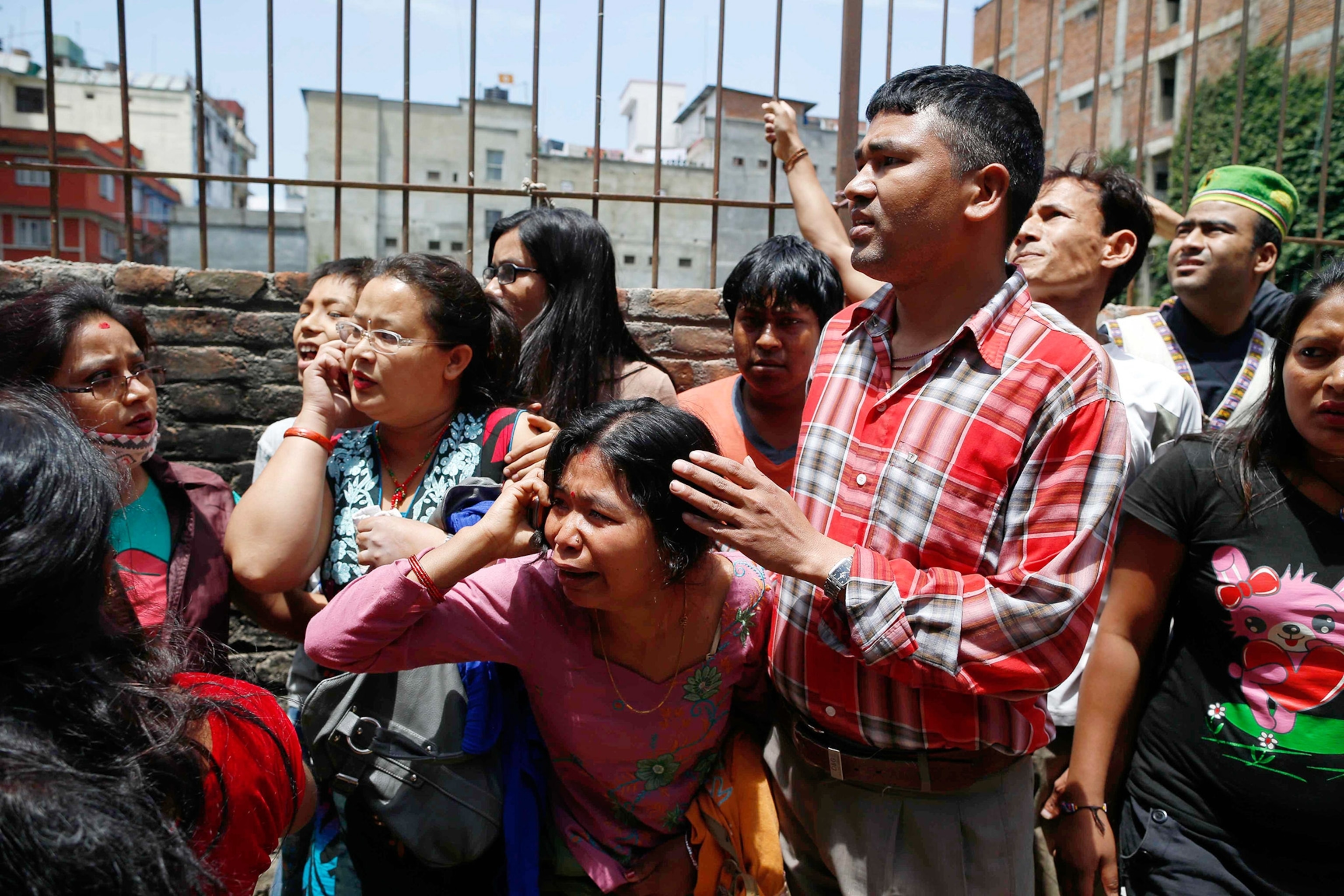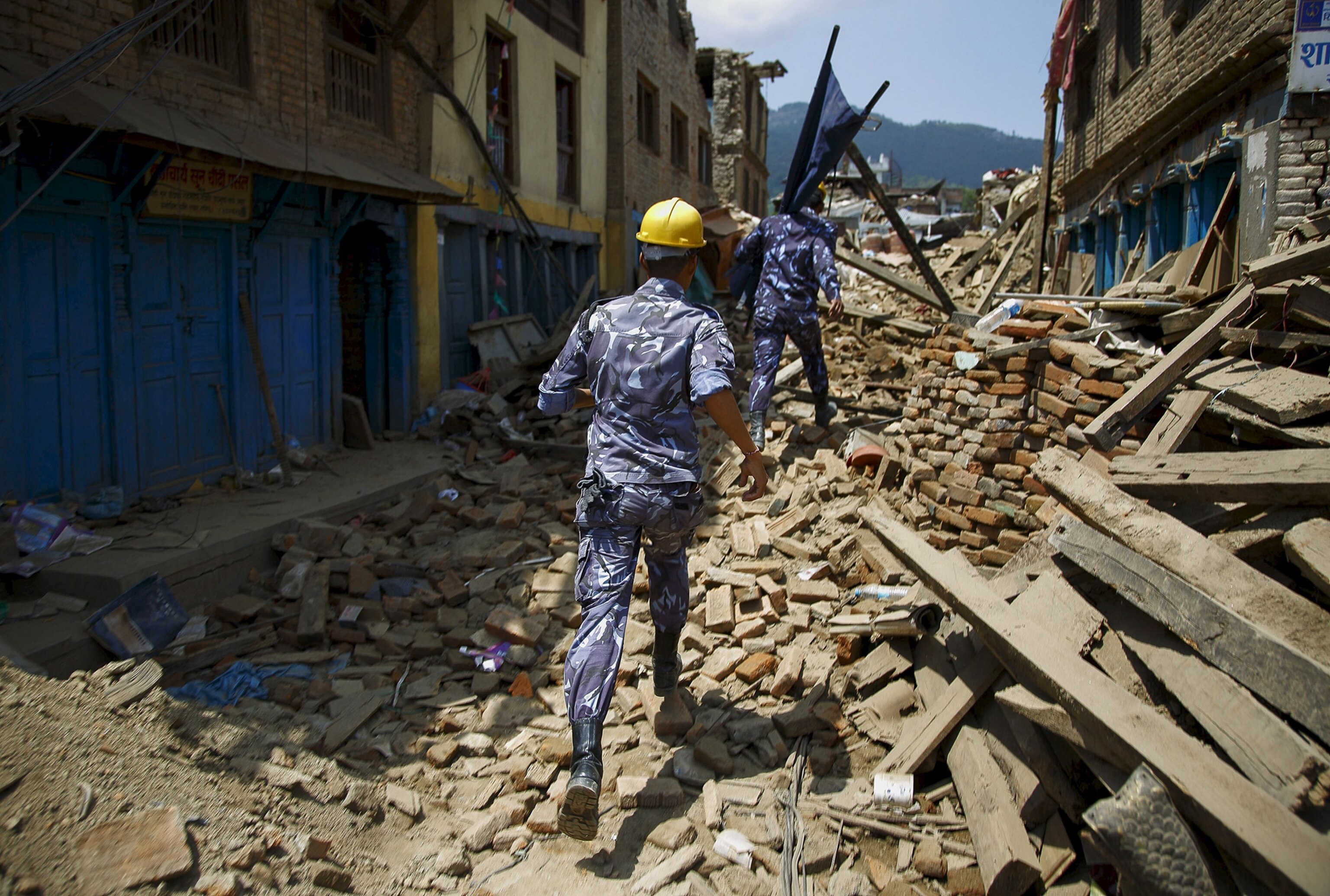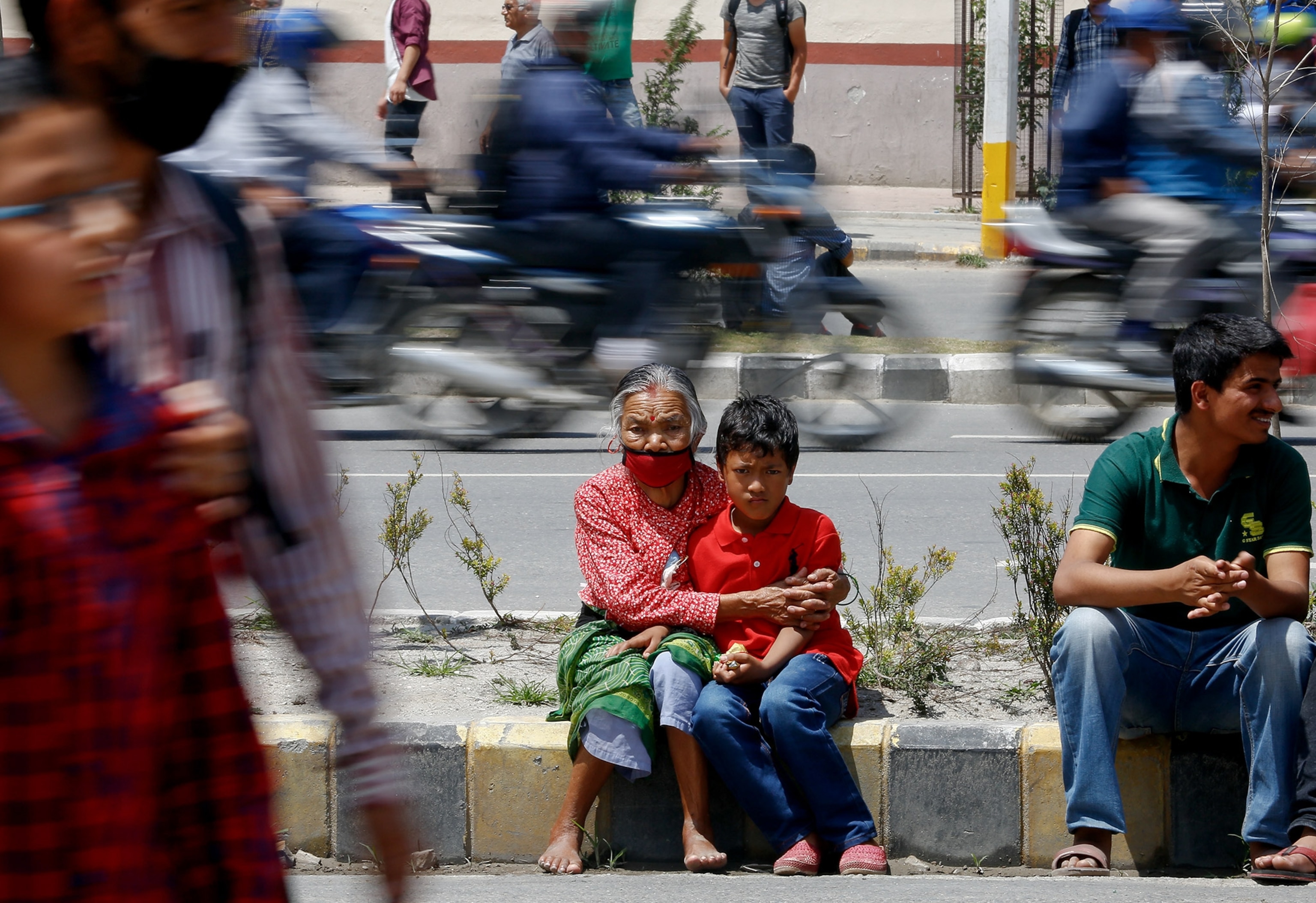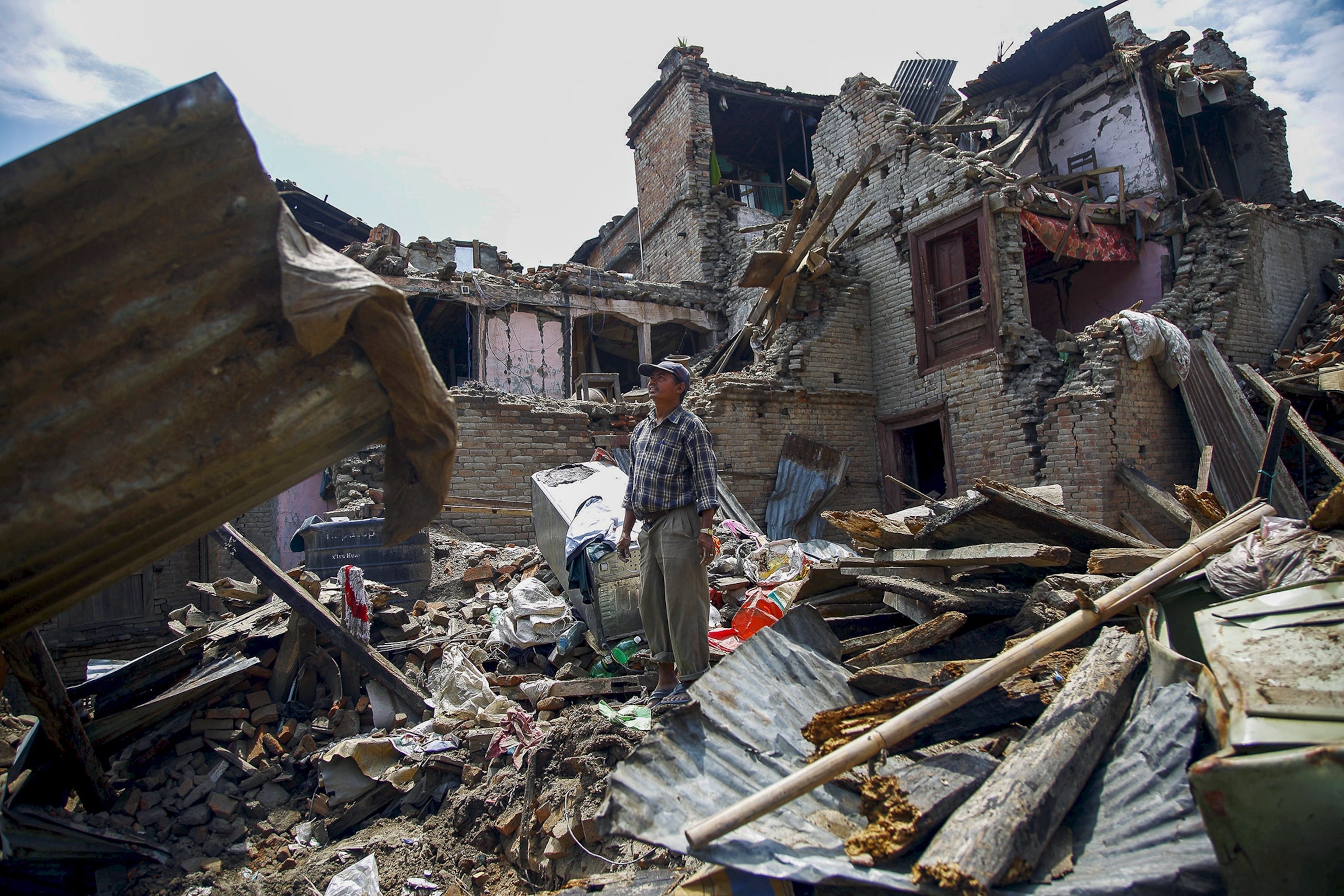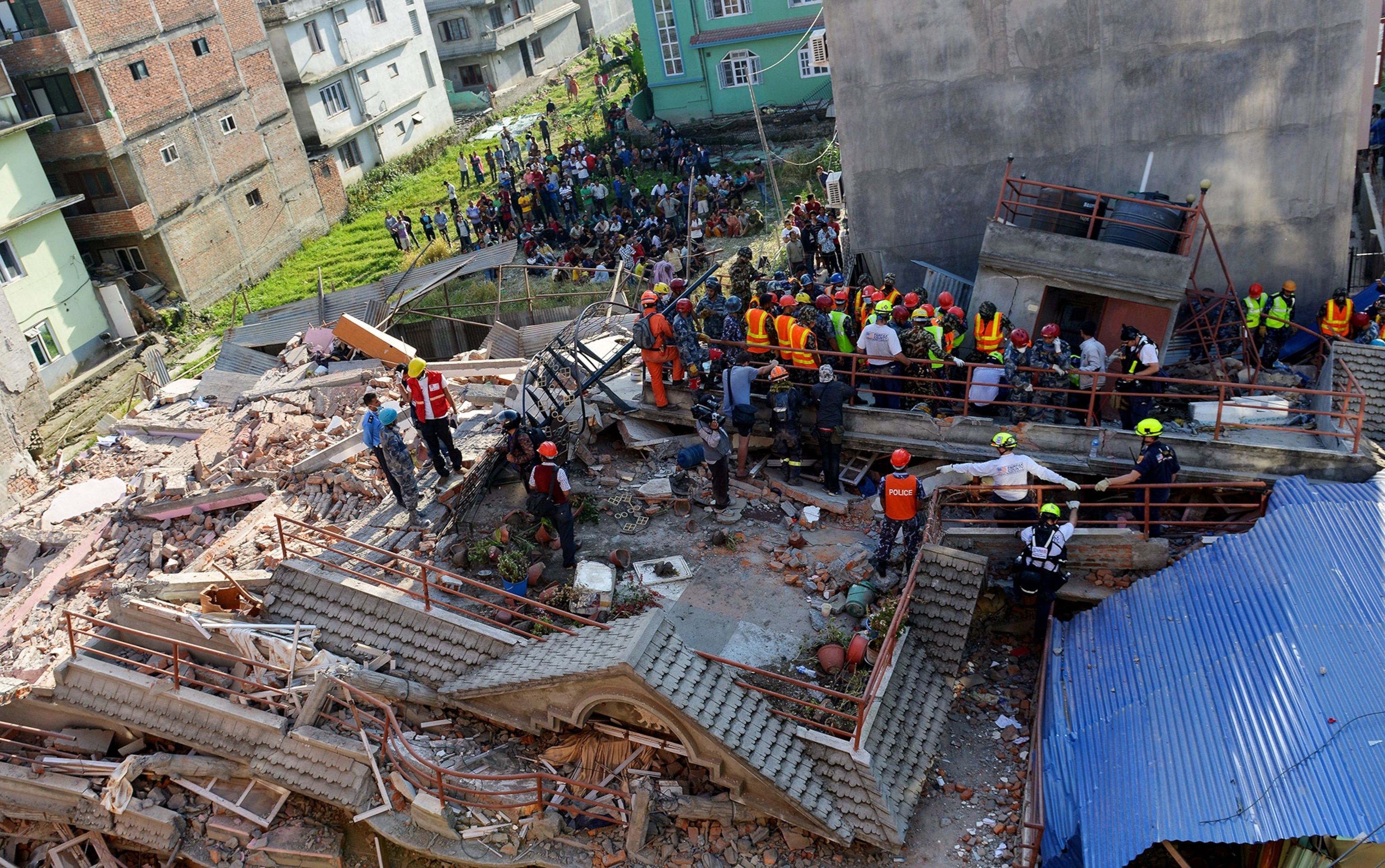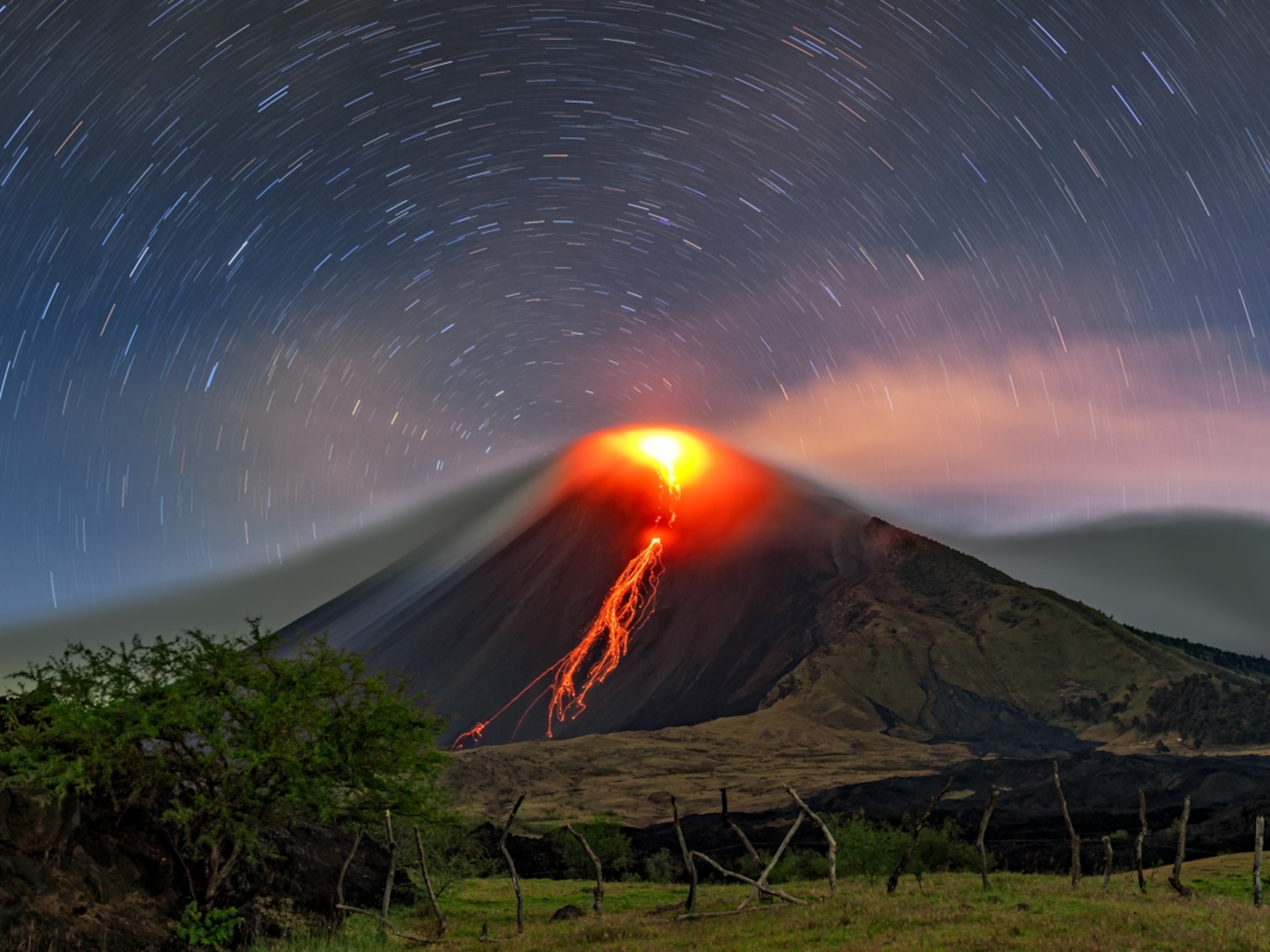
Geological Hell of Nepal Earthquakes May Not Be Over
A magnitude 7.3 quake sets off a new wave of deadly destruction and landslides, a reminder that region is one of world’s most quake prone.
Check back for updates throughout the day. Last update 4:00 pm ET.
The powerful quake that struck Nepal on Tuesday is an aftershock of the even stronger quake that rocked the country two and a half weeks ago, with the potential for more aftershocks to come.
The new quake spurred landslides at the foot of the Himalaya and created a kind of geological hell for Nepal's remote mountain communities, a stark reminder that the country sits in one of the world’s most seismically active regions (see photos).
Additional quakes are possible in the area, the U.S. Geological Survey (USGS) warned, possibly even larger than the ones over the past few weeks. It’s not uncommon for earthquakes to trigger more temblors because each event can cause additional stress to build on adjacent faults.
USGS said that Tuesday's estimated 7.3 magnitude quake was the largest yet of dozens of aftershocks from the April 25 tremblor, which registered 7.8 on the richter scale (see more photos). Tuesday's quake has resulted in at least 68 deaths and more than a thousand injuries.
The new quake struck at an estimated depth of about 9 miles (15 kilometers). According to the USGS it is thought to be a result of thrust faulting along the Main Himalayan Thrust, which defines the interface between the underthrusting India plate and the overriding Eurasia plate to the north. (It is that thrusting that is pushing up the Himalaya mountains.)
Tuesday’s quake was followed shortly after by an estimated magnitude 6.3 aftershock. The quake struck at midday local time about 11 miles (18 kilometers) southeast of Kodari, Nepal, and 47 miles (76 kilometers) east northeast of Kathmandu, according to the the USGS.
That puts it about 93 miles (150 kilometers) southeast of the April 25th quake, which killed more than 8,000 people and was more than 5.6 times stronger in terms of energy released. Nepal has seen four quakes above magnitude 6 in the past century, and has a long history of big earthquakes.
Today's quake took place along the eastern edge of the part of the fault that ruptured in April, says David Oglesby, an earthquake expert at the University of California, Riverside.
Oglesby likens the process to tearing a shirt: "If you rip your shirt and then pull on it again, chances are good that a new rip will take place at the edges of the previous rip."
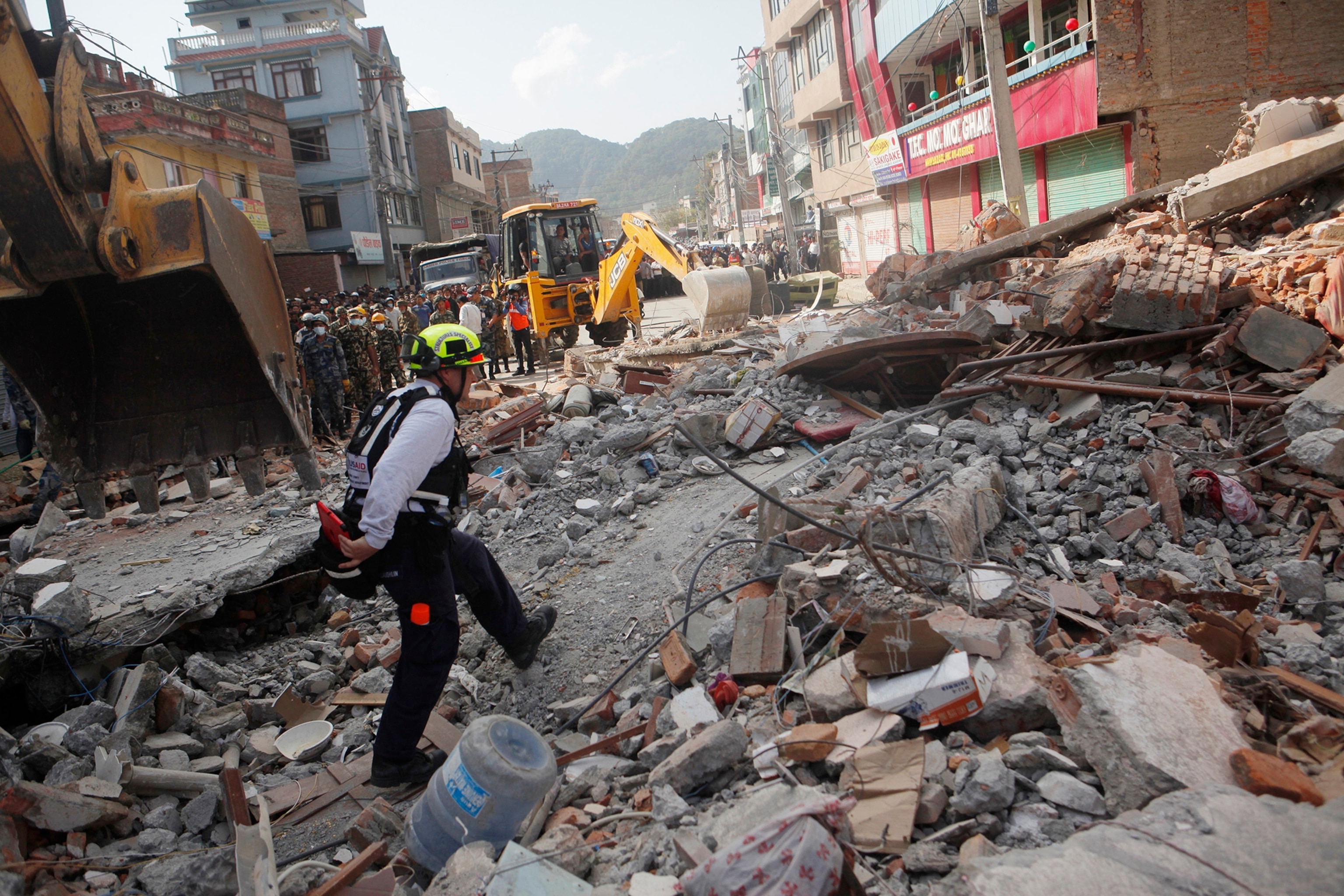
Future Activity?
Which means the region could see additional aftershocks or earthquakes, although scientists can't predict their size or occurence because the forces are too complex.
And with the monsoon season is set to begin in Nepal soon, it's possible more landslides may follow, if the shaking made slopes unstable, Oglesby says. It's also possible that mountain lakes that are held in place by weak natural dams, such as Tso Rolpa, are at risk of breaching and flooding.
More pictures from Tuesday's quake
Kathmandu sits in "one of the most seismically hazardous regions on Earth,” the USGS reports. Oglesby stresses that quakes there are "not unanticipated."
A magnitude 6.8 earthquake in August 1988 killed nearly 1,500 people. An 8.1 event in 1934 severely damaged Kathmandu, killing 10,600. The largest quake in the region measured by instruments was a magnitude 8.6 event in 1950, centered in Assam in eastern India.

